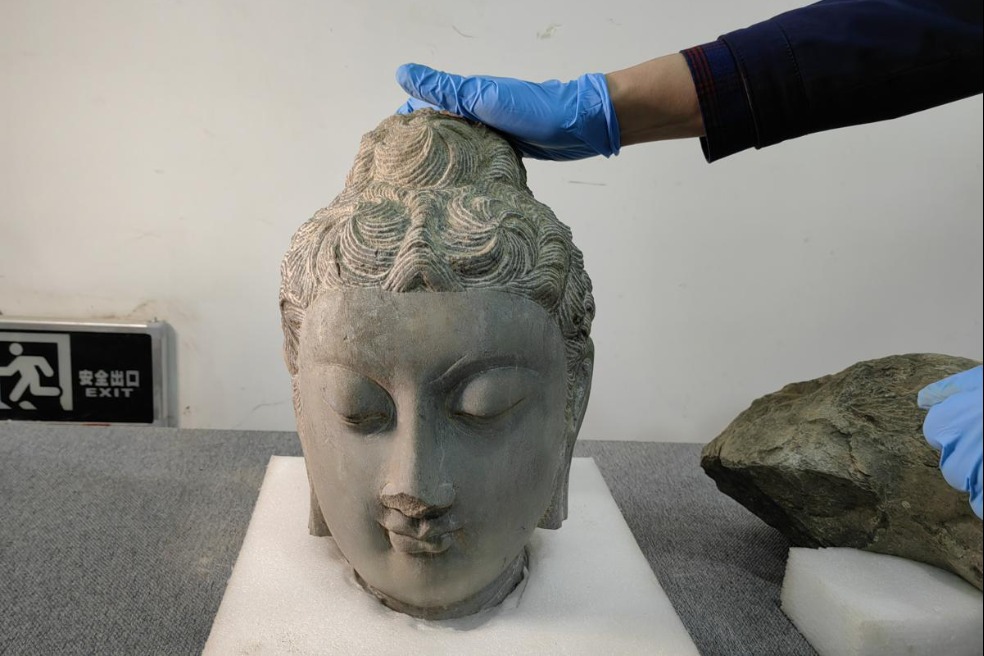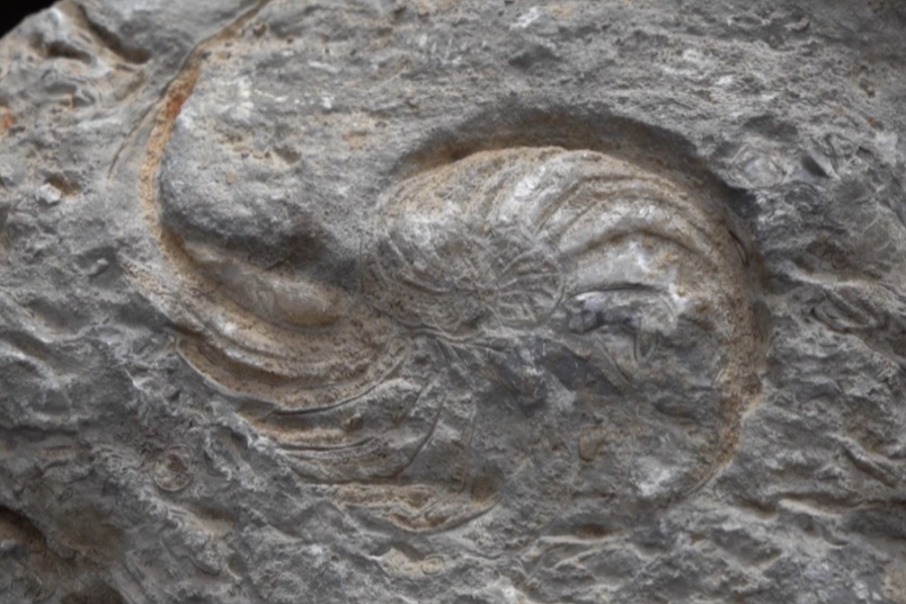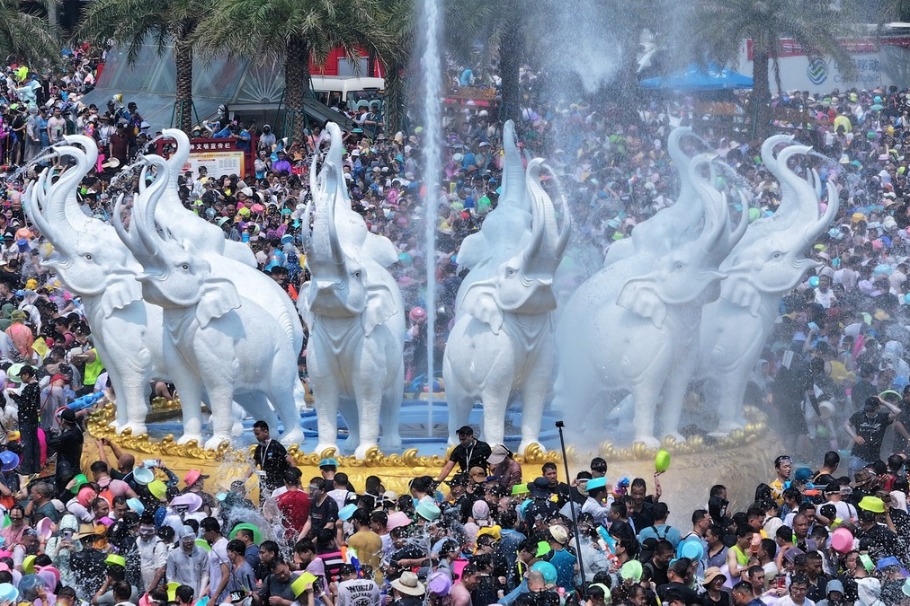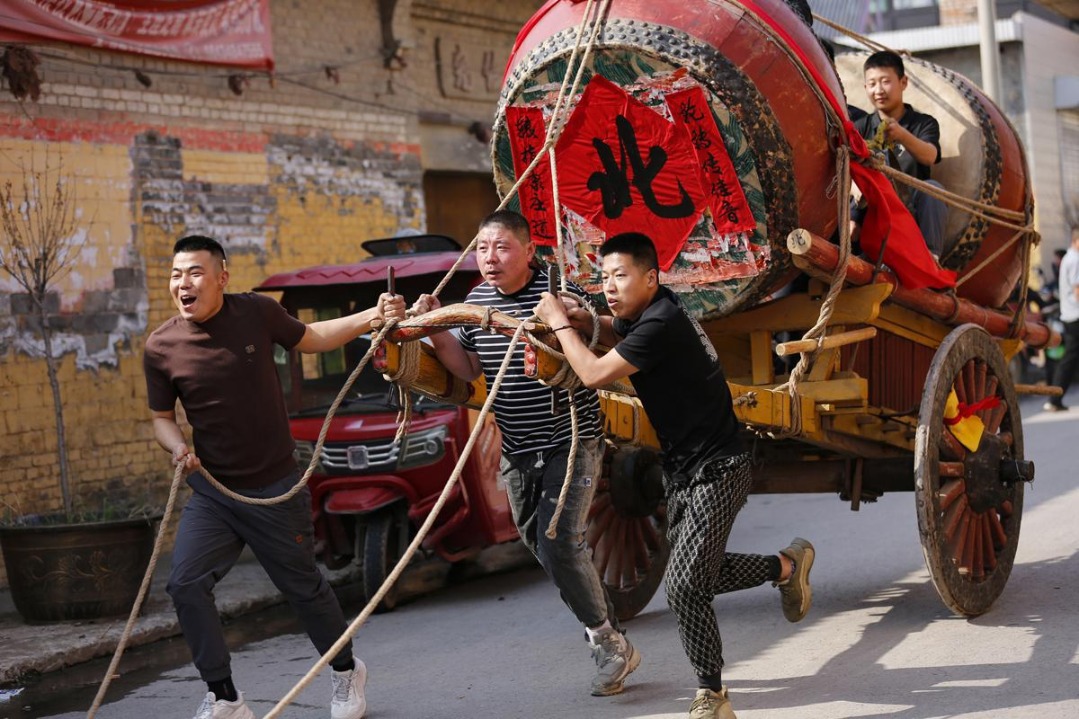Medical worker likely infected collecting swabs


CDC says 'strong' immune response seen after inoculation, leading to fast recovery
A medical worker in Xi'an, Shaanxi province, who contracted the novel coronavirus in mid-March despite being vaccinated, was likely infected when collecting throat swabs from two imported cases, and her chronic rhinitis probably increased her susceptibility to the disease, a research report released on Tuesday said.
She had been collecting and testing samples in a quarantined hospital treating imported COVID-19 infections. The report, published online by China CDC Weekly, an academic platform set up by the Chinese Center for Disease Control and Prevention, said she completed a two-dose vaccination regime on Jan 20, and was confirmed to be infected on March 17.
Antibody tests showed she had generated a strong immune response after inoculation, the report said, and her mild symptoms and quick recovery added to growing evidence that although no COVID-19 vaccines report an efficacy rate of 100 percent, they are highly effective in curbing severe infections and deaths.
She was discharged from an isolation ward on April 9. None of her colleagues or close contacts had tested positive for the virus, the report said.
The research was conducted by experts from China CDC and disease control officials in Shaanxi, and was led by Dong Xiaoping, head of China CDC's Global Public Health Center.
The new findings underscore the significance of adhering to rigorous disease control measures after vaccination, especially for medical workers who work in high-risk environments.
In the case of the infected medical worker, she came into close contact with two travelers who arrived from Uzbekistan when taking nasal and throat samples from them on both March 6 and 12. Tests showed that both returnees carried high viral loads of the B.1.1.7 variant, the strain that was first reported in the United Kingdom and has caused global concern for its reportedly higher transmissibility.
"People being sampled often sneeze or retch, expelling the virus. The lab worker's chronic rhinitis may have contributed to her propensity for mouth breathing, which may increase the risk of inhaling virus around a mask," the report said. It added that more studies are needed to examine the potential role of chronic upper respiratory infection, such as allergic rhinitis and asthma, in increasing the risk of infection.
It is also vital for medical workers to wear and use personal protective equipment properly and abide by good clinical practices even after vaccination, it said.
The report also called for continued study of vaccine breakthrough cases-people who are fully vaccinated but still become infected when exposed to the virus.
It said COVID-19 vaccines being rolled out in China have good efficacy rates that meet or exceed standards set by the World Health Organization.
"Breakthrough infections happen with all vaccines," it said. "Systematic study (of them) will help ensure that vaccination continues to be the safest and most effective way to prevent COVID-19."
Shao Yiming, an expert on China's COVID-19 vaccine development task force, told a news conference on Wednesday that protection rates for most COVID-19 vaccines range from 50 to 80 percent, but all of them are at least 80 percent effective in preventing hospitalizations, serious infections and deaths. He is not involved in the research.
Last Friday, a real-world study in Chile found that COVID-19 vaccines from China's Sinovac Biotech are 67 percent effective in preventing infections and 80 percent effective in fending off deaths. "These data fully demonstrate the efficacy of domestic vaccines, which can avert hospital overload and save lives," Shao said.
Li Dachuan, deputy director of the National Health Commission's medical administration and supervision bureau, said on Wednesday that 80 percent of medical workers in China have received vaccines.
- Haikou Boat Show unveils international yachting marvels
- 'Moon Over the Sea' to light up Torch Eighth Street
- Xiamen hosts 14th China International Road Traffic Products expo
- Rongjiang Village Super League shows off international flavor
- Wuzhen conference marks progress in TCM modernization
- Russian tai chi practitioners explore ancient style in Hebei





































